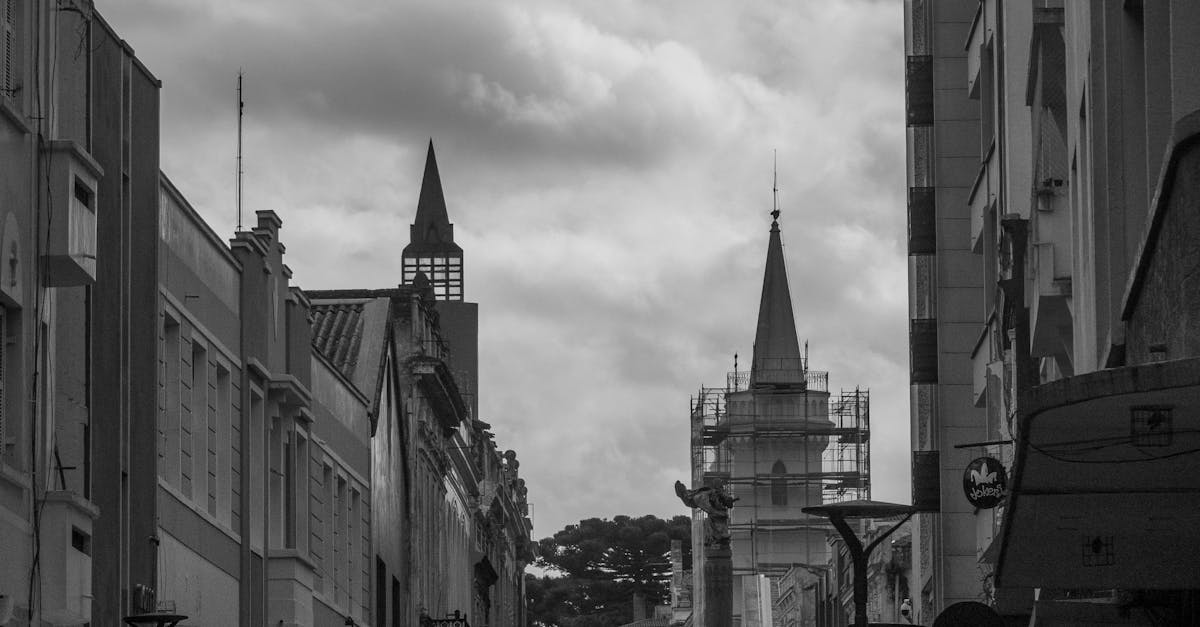
roubleshooting Common Issues with Sealing Granite Cobblestone PaversMoss and algae growth can be a common issue on basalt cobblestone pavers, especially in areas with high humidity or shade. To effectively deal with moss and algae, it is essential to maintain a regular cleaning schedule. Begin by physically removing any visible moss or algae using a stiff brush or scraper. This mechanical action helps to dislodge the growth from the pavers and prevents them from further establishing their roots into the surface.
When sealing granite cobblestone pavers, it is important to be aware of common issues that may arise during the process. One common problem that can occur is the formation of efflorescence, which presents as a white, powdery residue on the surface of the pavers. This can be caused by moisture or minerals within the stone being drawn to the surface during the sealing process. To address efflorescence, it is essential to allow the pavers to fully dry before applying the sealer and ensure that the area is well-ventilated to prevent moisture build-up.After removing the visible moss and algae, the next step is to clean the pavers thoroughly. Use a mixture of water and mild detergent to scrub the affected areas. This solution helps to break down any remaining moss or algae and also removes dirt and grime that may be providing a breeding ground for further growth. Rinse the pavers thoroughly with clean water to ensure all residues are washed away. Regular cleaning and maintenance will not only keep moss and algae at bay but also preserve the natural beauty of your basalt cobblestone pavers for years to come.
Another issue that may arise when sealing granite cobblestone pavers is staining. Staining can occur if spills are not cleaned up promptly or if the pavers are not properly sealed, allowing liquids to penetrate the surface. To prevent staining, spills should be cleaned up immediately using a mild detergent and water, and a high-quality sealer should be applied to provide a protective barrier against future spills. Regular maintenance and resealing as needed can help prolong the life and beauty of your granite cobblestone pavers.Safe Methods for Moss and Algae Removal
Dealing with Efflorescence or StainingOne effective method for removing moss and algae from basalt cobblestone pavers is to create a cleaning solution using white vinegar and water. Simply mix equal parts of vinegar and water in a spray bottle and generously spray the affected areas. Allow the solution to sit for about 30 minutes before scrubbing the surface with a stiff brush. Rinse the pavers thoroughly with water to remove any residue and reveal a clean surface.
Efflorescence can be a common issue that arises when sealing granite cobblestone pavers. This white, powdery substance occurs when water-soluble salts are drawn to the surface of the pavers. To combat efflorescence, ensure that the pavers are completely dry before applying the sealer. Additionally, using a high-quality breathable sealer can help prevent water from being trapped beneath the surface, which can contribute to efflorescence formation. If efflorescence does appear after sealing, gently scrub the affected areas with a solution of water and white vinegar to remove the residue.Another safe and eco-friendly way to tackle moss and algae growth is by using a mixture of baking soda and water. Create a paste by combining baking soda with a small amount of water until it forms a thick consistency. Apply the paste directly onto the affected areas and gently scrub with a brush. Leave the paste on the pavers for
To prevent weed growth, regularly remove any weeds that appear and consider implementing weed barrier techniques such as using landscape fabric or applying a weed killer.
What are some safe methods for removing moss and algae from basalt cobblestone pavers?
Safe methods for removing moss and algae from basalt cobblestone pavers include using a mixture of water and mild detergent, scrubbing with a brush, or using a pressure washer on a low setting.
How can I maintain the natural look of my basalt cobblestone pavers?
To maintain the natural look of basalt cobblestone pavers, regularly sweep and wash the pavers, avoid using harsh chemicals or cleaners, and reapply a sealer as needed to protect the surface.
What are some techniques for enhancing the natural colour of basalt cobblestone pavers?
Techniques for enhancing the natural colour of basalt cobblestone pavers include using a colour enhancer or sealer designed specifically for natural stone, applying a wet look sealer, or using a stone enhancer to bring out the richness of the stone.
How often should I perform maintenance on my basalt cobblestone pavers?
It is recommended to perform maintenance on basalt cobblestone pavers at least once a year, or more frequently if you notice any issues such as weed growth, moss, algae, or fading colour. Regular maintenance will help prolong the life and beauty of your pavers.
Related Links
Installation Tips for Basalt Cobblestone Pavers
Choosing the Right Pattern for Basalt Cobblestone Pavers